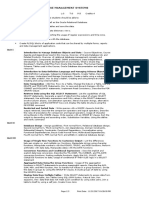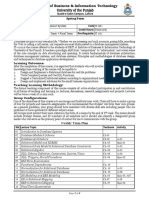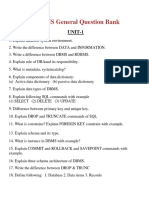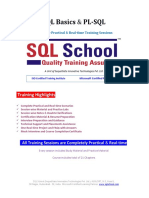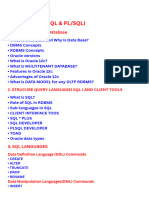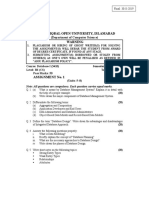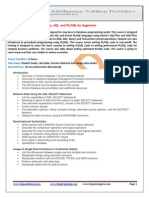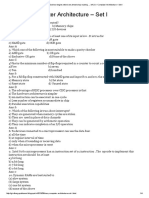0% found this document useful (0 votes)
33 views1 pageDBMS Syllabus
The document outlines a comprehensive curriculum on database concepts, covering topics such as database systems, design concepts, normalization, SQL, and PL/SQL. It includes a structured question paper format with sections for short answers, detailed responses, and long-form questions. Additionally, it specifies the distribution of questions across different units for assessment purposes.
Uploaded by
Anonymous hWzybe1Copyright
© © All Rights Reserved
We take content rights seriously. If you suspect this is your content, claim it here.
Available Formats
Download as DOCX, PDF, TXT or read online on Scribd
0% found this document useful (0 votes)
33 views1 pageDBMS Syllabus
The document outlines a comprehensive curriculum on database concepts, covering topics such as database systems, design concepts, normalization, SQL, and PL/SQL. It includes a structured question paper format with sections for short answers, detailed responses, and long-form questions. Additionally, it specifies the distribution of questions across different units for assessment purposes.
Uploaded by
Anonymous hWzybe1Copyright
© © All Rights Reserved
We take content rights seriously. If you suspect this is your content, claim it here.
Available Formats
Download as DOCX, PDF, TXT or read online on Scribd
/ 1



